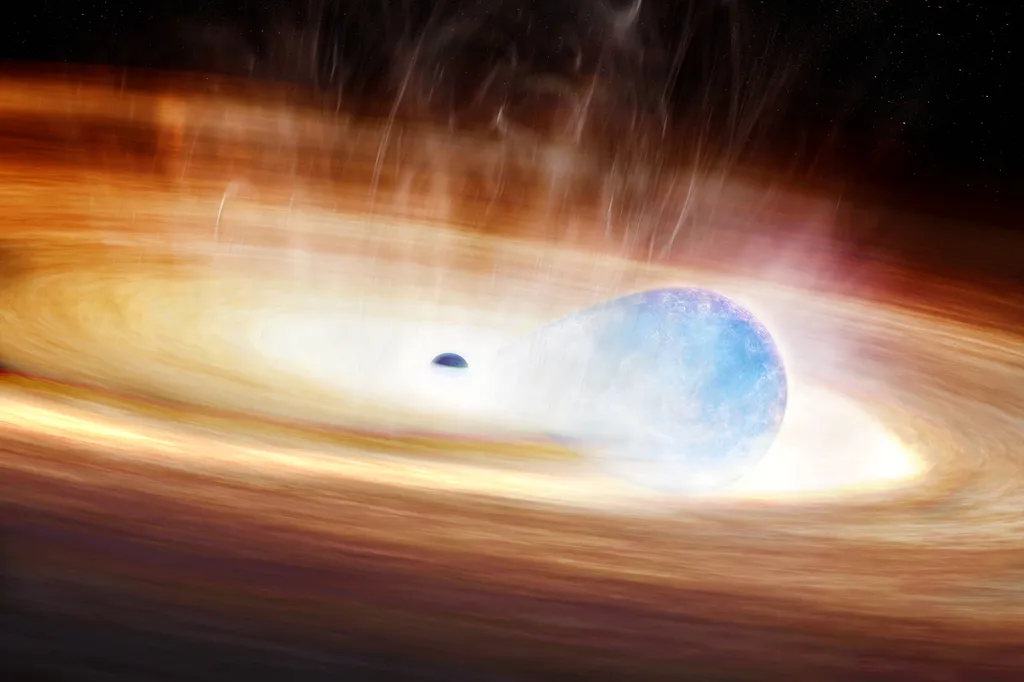In a significant stride towards understanding the complex dynamics of core-collapse supernovae, a team of researchers from the Institute of High Energy Physics in Beijing has introduced a novel parameterization of supernova neutrino energy spectra. The team, comprising Haihao Shi, Zhenyang Huang, Junda Zhou, Guoliang Lü, and Xuefei Chen, has developed a model that enhances the physical interpretability of these spectra, offering valuable insights into the energy sector’s fundamental processes.
The researchers’ model centers around a key parameter, τ(t), which quantifies the characteristic thermal-diffusion area during a supernova explosion. This parameterization was applied to the historic SN1987A data, yielding statistically significant fits and providing robust constraints on the previously unobserved low-energy portion of the spectrum. The model’s efficacy was further demonstrated on a suite of 3D core-collapse supernova simulations, where the temporal evolution of τ(t) distinctly separated successful explosions from failed ones.
One of the most intriguing findings of this study is the strong, synergistic co-evolution observed between τ(t) and the gravitational-wave strain amplitude. This direct link between the engine’s energetic evolution and its geometric asymmetry implies that the thermodynamic state of the explosion is imprinted not only on the escaping neutrino flux but also recorded in the shape of the energy spectrum. This insight could potentially revolutionize our understanding of the energy dynamics involved in such cosmic events.
Moreover, the researchers constrained the progenitor mass of SN 1987A to approximately 19 solar masses using Smoothed Isotonic Regression, although they noted the sensitivity of this estimate to observational uncertainties. This finding underscores the importance of precise measurements in the energy sector, where even small variations can have significant implications.
The practical applications of this research for the energy industry are manifold. By offering a valuable tool for decoding the detailed core dynamics and multi-messenger processes of future galactic supernovae, this model can enhance our understanding of the fundamental processes driving these powerful events. This, in turn, can inform the development of more efficient and sustainable energy technologies, as well as improve our ability to predict and mitigate the impacts of such cosmic phenomena on Earth’s energy infrastructure.
The research was published in the journal Physical Review D, a prestigious publication known for its rigorous peer-review process and high standards of scientific excellence. This study represents a significant step forward in our quest to unravel the mysteries of the universe and harness its vast energy potential for the benefit of humanity.
This article is based on research available at arXiv.

